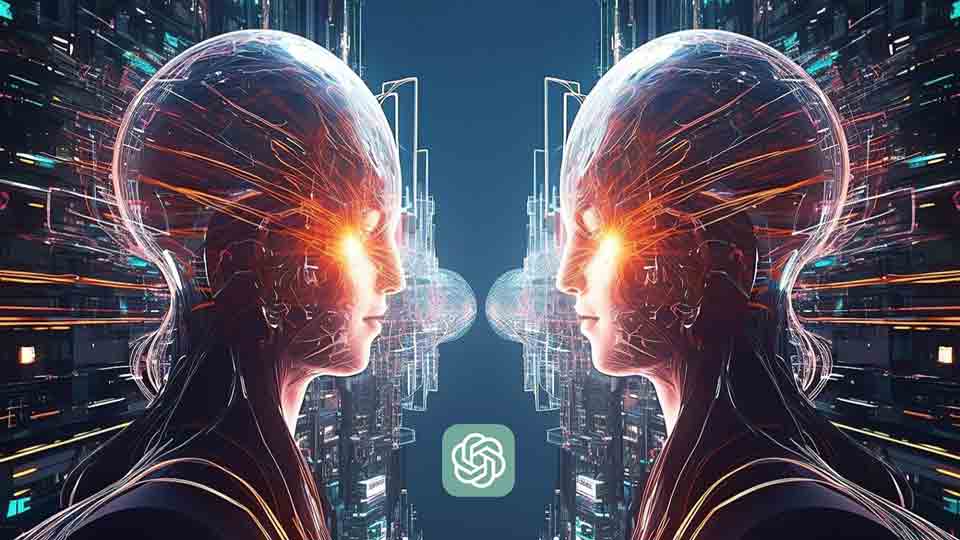AI Translators
Artificial intelligence (AI) has revolutionized various industries and translation. With advancements in machine learning, AI has significantly transformed the way translators work. AI technologies offer powerful tools and resources that assist AI translators in improving efficiency, accuracy, and productivity.

In this article, we explore how AI translators enhance their translation process.
1. Machine Translation
Machine translation is one of the primary ways translators use AI. Machine translation systems employ complex algorithms and AI models to automatically translate text from one language to another.
2. Translation Memory
AI-powered translation memory (TM) tools are extensively used by translators. These tools store previously translated segments of text in a database, allowing translators to reuse and recycle their previous work. AI algorithms analyze the source and target texts, identify similarities, and suggest relevant translations from the TM database. This saves time, ensures consistency, and improves overall translation quality.
3. Terminology Management
Terminology management is crucial for accurate and consistent translations. AI-powered terminology management tools assist translators in maintaining a centralized database of approved terms and their translations. These tools suggest appropriate translations for specific terms, ensuring consistency across different projects and improving translation accuracy.
4. Quality Assurance
AI plays a vital role in quality assurance (QA) for translations. AI-powered QA tools help identify and flag potential errors, inconsistencies, and mistranslations in the translated text. These tools analyze grammar, syntax, terminology, and style to ensure the final translation meets the required quality standards.
5. Neural Machine Translation (NMT)
Neural Machine Translation (NMT) is an advanced form of machine translation that uses deep learning techniques. NMT models learn from vast amounts of bilingual data to generate more accurate and fluent translations. Translators can leverage NMT systems to produce higher-quality translations faster and with reduced post-editing.
6. Collaborative Translation Platforms
Collaborative translation platforms enable multiple AI translators to work simultaneously on a project. These platforms facilitate real-time collaboration, translation memory sharing, and terminology management, resulting in improved productivity, better consistency, and streamlined workflows.
7. Speech Recognition and Translation
AI-based speech recognition and translation technologies are transforming the field of interpretation. Translators can use speech recognition tools to convert spoken language into written text. This combination of speech recognition and translation allows for quicker and more efficient interpretation services.
8. Post-Editing Automation
AI technologies are automating the post-editing process of machine-translated content. Translators can utilize AI-powered tools to automatically suggest alternative translations, correct grammar errors, and improve overall fluency. This streamlines the post-editing workflow, saving time and effort for translators.
9. AI-Powered Research and Reference Tools
AI Translators can leverage AI-powered research and reference tools to access vast amounts of multilingual content, dictionaries, glossaries, and specialized terminology databases. These tools help translators ensure accuracy, expand their knowledge base, and find appropriate translations for specific domains or industries.
10. Continuous Learning and Adaptation
AI enables translators to continuously learn and adapt to new language patterns, terminologies, and translation preferences. AI algorithms can analyze a translator’s work, suggest improvements, and provide personalized recommendations for enhancing translation skills.
Conclusion
Artificial intelligence has become an invaluable asset for translators. By leveraging AI technologies such as machine translation, translation memory, terminology management, quality assurance tools, and collaborative platforms, translators can enhance their productivity, improve translation accuracy, and deliver high-quality translations to meet the demands of a globalized world. As AI continues to advance, AI translators can expect even more sophisticated tools and capabilities that will further enhance their efficiency and effectiveness in bridging language barriers.
